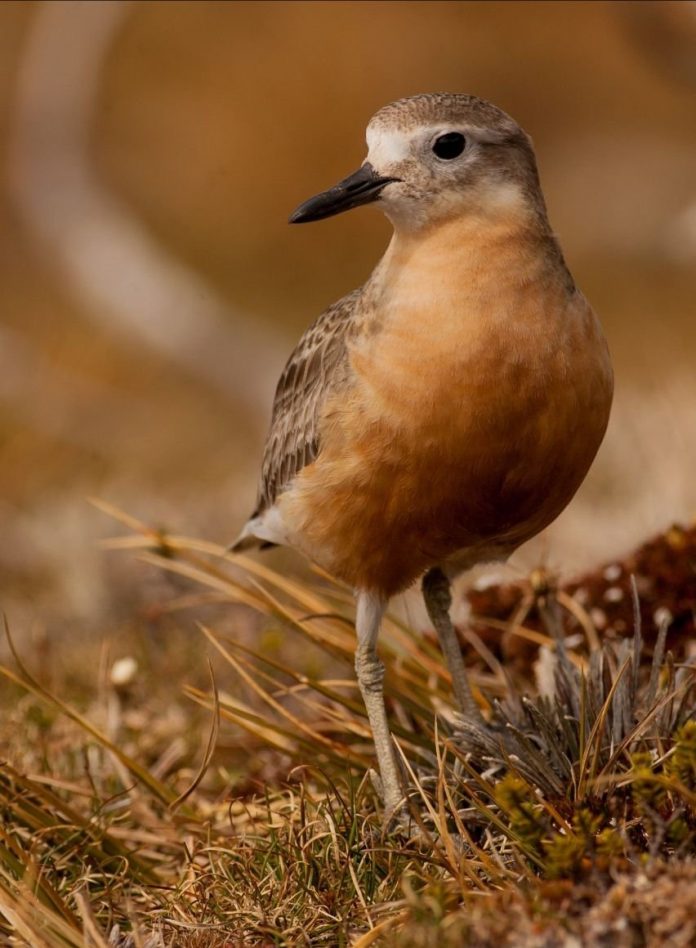
Voice for Nature with Ines Stager
Who has the right to allow a species to go extinct?
Recently, Guy McDonald, formerly of Timaru, gave a talk to Forest & Bird about the southern New Zealand dotterel/tūturiwhatu. Guy leads the team protecting this critically endangered species on Stewart Island/Rakiura for the Department of Conservation.
These colourful birds were once common throughout the South Island and bred at high altitudes along the Southern Alps. They did not survive hunting by humans and the introduction of stoats and disappeared in the early 1900s from the South Island.
According to the count in April 2023, there are only 126 birds left, a 13% decline from the previous year. Additional resources are desperately needed to turn the tide for this species. Pest animals — such as feral cats, rats, stoats and even deer — predate on tūturiwhatu.
Like many government departments, Doc has to adjust to funding cuts. The outlook for conservation is therefore looking bleak. A reduction in funding means less can be achieved for the protection of our unique biodiversity.
The New Zealand Nature Fund has committed to raising funds for the protection of these birds. Donations will go towards cutting more tracks in and around the bird’s breeding areas and build bivvies so the Doc team can stay longer in these remote alpine areas. Satellite tracking of the birds will help to find ways to protect them.
About 4000 of our native species are threatened or at risk of extinction. Each year introduced predators kill about 25 million native birds. There is no indication of how many lizards, insects, bats etc have fallen victim to these introduced pest animals.
Recently, a successful hunt for a stoat on Chalky Island in southern Fiordland, raised some eyebrows, because of the resources it drew.
This 514ha sanctuary has been pest-free since 1999. It is now a safe place (again) for several species that have been translocated: the yellowhead/ mohua, kākāpō, orange-fronted kakariki, little spotted kiwi, South Island saddleback/tīeke and South Island robin/ toutouwai.
Furthermore, Te Kakahu skink were discovered on the island in 2002. It is an endemic species to this place.
If left alive, the carnage by the stoat would have had detrimental consequences and may have necessitated translocation of all the species to a safe place, which would have required an even greater number of resources than the successful hunt for the culprit.
We humans are the only species on this planet that allows the destruction of our planet. We think we are superior to other species, and we allow other species to become extinct for short-term gain, which is considered an ‘‘advantage’’ to the human race.
One government minister has publicly declared that allowing mining is more important for the country than protecting a threatened species. It means that the government is pushing for activities to proceed without the need to assess any environmental impacts.
It appears that Oceans and Fisheries Minister Shane Jones is happy to allow the extinction of a highly sensitive native species, the Archey’s frog, in areas where gold might be mined. This species has been on this planet for 200 million years, and we let it be ‘‘undermined’’ and go extinct in less than a lifetime.
Ines Stager is a landscape architect based in Geraldine, and a committee member of the local branch of the Royal Forest & Bird Protection Society.




